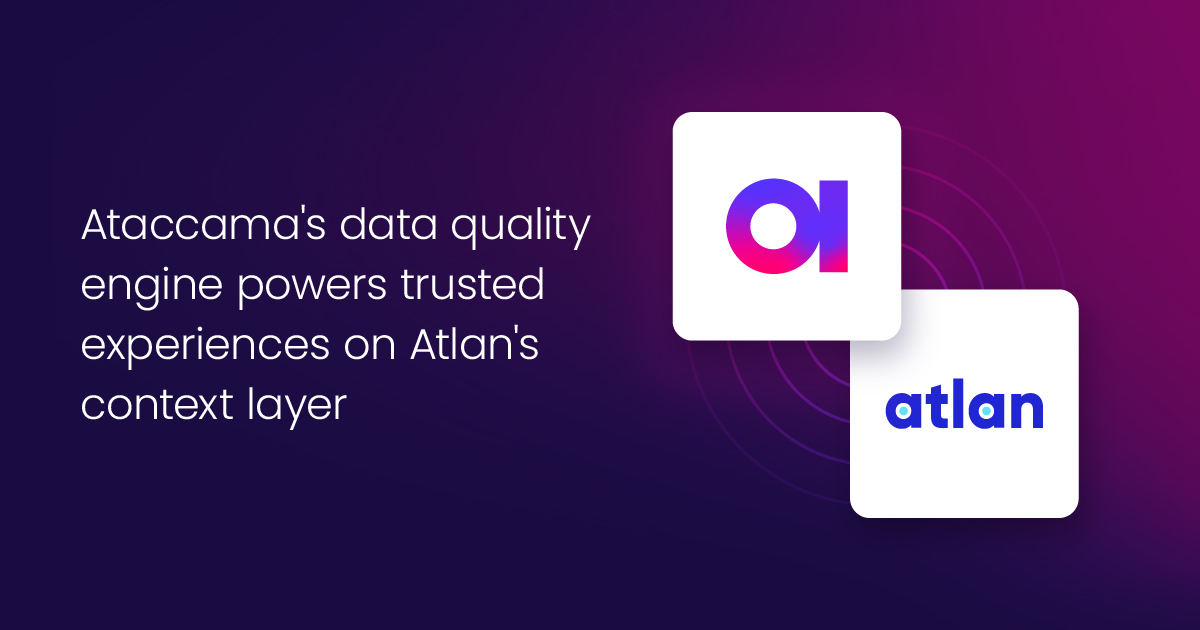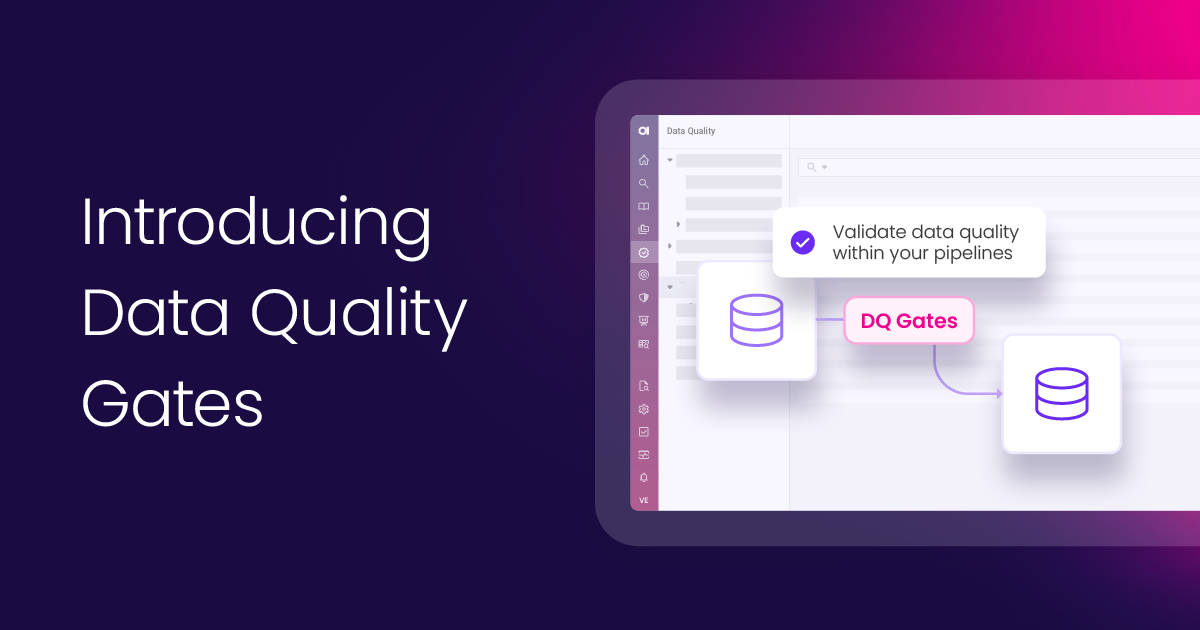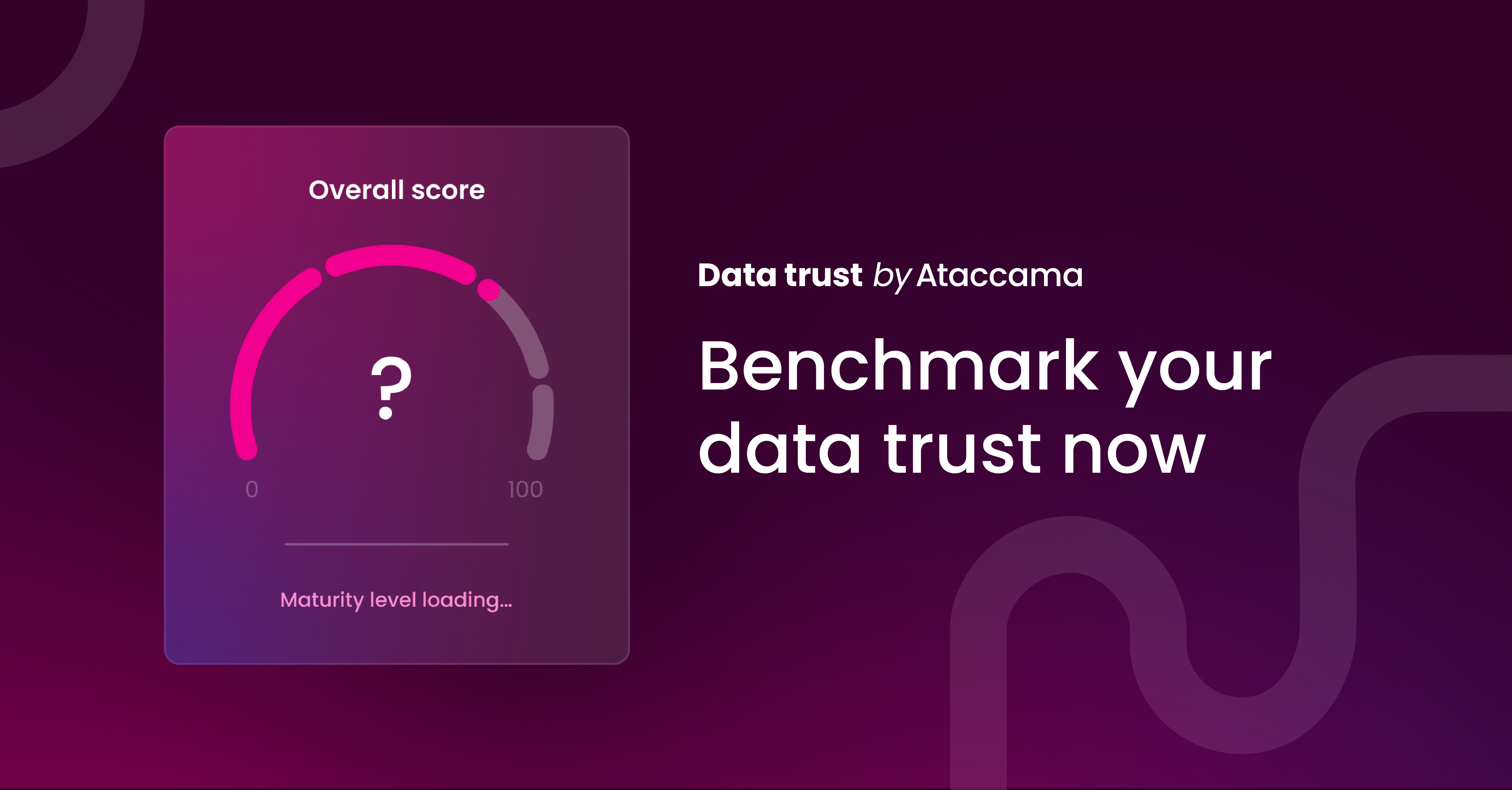What is a data maturity model? Ultimate Guide

Data maturity assessment is a structured review of how your organization governs, manages, and uses data. It measures current capabilities, surfaces strengths and gaps, and produces a prioritized roadmap to improve data quality, access, literacy, and outcomes, so teams can make faster, trusted decisions and align data work with business goals.
Key components of a data maturity assessment
- Data governance & policies
- Data quality & trust signals
- Architecture & integration
- Security & access controls
- People, culture & literacy
- Analytics use & business impact
Data maturity assessment steps
- Define goals and scope
- Choose a maturity framework
- Survey stakeholders & collect evidence
- Evaluate governance, quality, architecture, security, usage
- Score, benchmark & analyze gaps
- Build a roadmap & track progress
Understanding data maturity and how it impacts data management and governance
We measure the effective use of data by data maturity. Data-mature organizations have all the systems, support, and cultural attitudes necessary to maximize the potential and performance of their data assets.
But how do you achieve data maturity? By using a data maturity model: a strategic roadmap for your organization to get the most out of its data. This blog will define data maturity models, their importance, and how they work. Let’s get started.
What is data maturity?
Data maturity is a measurement of your business’s ability to leverage data and the level to which you value that data. Data-mature organizations will actively create plans and support behaviors that maximize the use of data. Low data mature organizations will ignore the value of their data entirely.
All organizations must begin their data journey somewhere. Starting points will vary significantly depending on your industry, business size, data complexity, and resource availability. When you factor in government regulations and culture, finding a universal plan to go from start to finish is challenging.
That’s why data maturity is more about your ability to use, access, and understand data than the resources and tools you have available. Think about how long it takes individuals to get the data they need. How deeply is data woven into the fabric of your organization? How much do stakeholders trust the data they’re working with? Are you using data minimally or seeking to maximize its potential?
As you answer these questions, you’ll get an idea of your data maturity landscape.
What is a data maturity model?
Data quality maturity model is a framework for evaluating how well your organization profiles, monitors, and improves data across dimensions like accuracy, completeness, consistency, timeliness, validity, and ownership. It uses tiered levels (from initial to optimized) to expose gaps and produce a roadmap that strengthens data trust, compliance, and business readiness for analytics and AI.
Why is data maturity important?
Any data-driven organization that wants to succeed must maximize its data’s potential while ensuring trustworthiness and security for users and customers. Data maturity can help achieve this by providing a landscape where data is understood and appreciated throughout the enterprise.
Once you become data mature, you’ll experience the following benefits:
- Competition. Being able to easily access your data and leverage it for decision-making will put you a step ahead of anyone with lesser capabilities.
- Data roadmap. Data-mature organizations have a better understanding of their overall objectives and the potential of their data. It helps build the entire data management plan and set realistic goals to begin delivering on ROI immediately.
- Augmented decision-making. Whether business or technical, decision-making is always more reliable when it has valuable and trustworthy data justifying it. Data maturity will give you access to that data and the trust necessary to use it without question.
- Data literacy. Making your organization more data literate will expand the number of users who can work with data and use it to contribute to business processes.
- Ml/AI projects. Companies should focus on supporting ML/AI initiatives with high-quality data you’d find in a data mature organization. This will increase the project success rate and make AI processes more reliable.
Learn more about AI-readiness and ensure that your business is prepared for the latest shift!
3 Stages of a data maturity model
Now that we know what data maturity is and why it’s so valuable, you must be asking yourself, “Am I data-mature?” Do we meet these requirements? Will we experience the benefits? Check out our descriptions of the different stages of data maturity below so you can see where your company lands.
1. Low/Beginner
Companies at this stage are just beginning their data journey. They might have much of their data siloed and stored in different locations. The company’s data literacy could be relatively low, and it will respond to data issues reactively, only addressing them after they’ve already occurred. They will also have limited knowledge of data quality and how to improve it.
Typical focuses:
- Setting up the most critical DQ checks for corporate reporting
- Establishing a business glossary.
- Creating a shared definition and understanding of data.
2. Intermediate
An organization with intermediate data maturity will have already begun to recognize the value of its data. It will have started some data integration efforts, advocated for data literacy throughout the organization, and proactively addressed data issues. Data quality will be on the company’s radar, and it will have invested in tools to begin improving it.
Typical focuses:
- Making tools like data catalogs more accessible
- Documenting and posting data policies
- Investing in data literacy training
- Data lineage is available for core users/stakeholders
- Establishing an MDM hub
- Setting up AI-based data quality monitoring and data observability systems.
3. Advanced
Companies at this stage have their data working for them—they don’t have to work hard for it to work or create value. Most data management processes will be automated with user-friendly interfaces that can deliver insights regardless of technical background. They view and use data as a strategic asset and never end their journey to get better, focusing on continuously improving data systems.
Typical focuses:
- Make data-driven decisions a part of corporate culture
- Automate data access controls and PII protection
- Prevent data quality issues by integrating DQ checks at all levels
- Provide self-service tools for data quality management
- Adopting data products
What are the key components of data maturity models?
While data maturity is achieved via several capabilities and functionalities, most programs can be divided into two core components: data governance and data management.
Data governance maturity model
A data governance maturity model provides a structured framework for evaluating the maturity of key governance elements, such as policies, processes, roles and responsibilities, and technology enablement. Organizations can then identify areas for improvement and develop a roadmap for achieving their data governance goals.
An effective data governance maturity model provides the foundation for high-quality data, consistent data management practices, and a data-driven culture, all essential for achieving high data maturity.
Data management maturity model
A data management maturity model evaluates various aspects of data management, including data quality monitoring tools, data architecture, data catalog, data integration, and data security. By utilizing a data management maturity model, organizations gain a holistic view of their strengths and weaknesses, enabling them to identify areas for improvement in data and data-related processes.
Data management provides the foundation for high-quality data, consistent data handling practices, and data trust.
How has AI impacted data maturity
Gen AI and other machine learning applications have had a monumental impact on the entire data management space. The technology has enabled the automation of complex tasks and expanded the number of capable users.
Projects that would typically take weeks to complete and require adept technical expertise can now be completed in minutes by regular people without advanced technical backgrounds.
Regarding data maturity, AI has moved the bar for being technologically equipped to deal with data. It would be hard to call an organization “data mature” without AI functionalities.
Want to include AI in your maturity model? Check out our ONE platform page to learn how we’re using AI to change how people work with data.
Data maturity checklist: 10 steps to data excellence
A data maturity assessment helps organizations understand how well they use data to achieve business goals. This checklist provides a roadmap for conducting a comprehensive assessment and improving your organization’s data maturity.
1. Define your objectives and goals
Clearly define the purpose of your data maturity model and the desired outcomes.
- Identify business goals. Determine the specific business objectives you aim to achieve through this data maturity assessment, such as improving decision-making, enhancing regulatory compliance, or enabling new technologies like AI.
- Define scope. Specify the areas of data management you’ll evaluate, including data governance, quality, architecture, integration, and usage.
- Establish success metrics. Define measurable outcomes that align with your business goals, such as increased data trust, improved operational efficiency, or reduced costs.
2. Select a data maturity model framework
Choose a data maturity model framework that aligns with your organization’s needs and objectives. This framework will provide a structured approach to assessing data maturity across different dimensions.
Consider the three-stage model mentioned earlier, advancing through the levels of “beginner” and “intermediate” to eventually become “advanced.” Each stage has specific characteristics that help you map your organization’s current capabilities and identify areas for improvement.
3. Evaluate current data capabilities
Understand your organization’s current data management practices with this data maturity assessment step.
- Data collection. Conduct surveys and interviews with stakeholders across different departments, including IT, business teams, and data governance staff. Analyze existing data to gain quantitative insights into data usage patterns and trends.
- Documentation review. Examine existing data policies, data lineage documentation, and metadata management practices to assess the formality and effectiveness of current processes.
- Assess data quality. Measure current data quality metrics such as accuracy, completeness, consistency, and timeliness. This will provide a baseline for improvement and highlight areas that need attention.
4. Assess organizational factors
Evaluate the organizational factors that influence data maturity.
- Culture and leadership. Assess the level of leadership buy-in for data initiatives and the presence of a data-driven culture.
- People and processes. Evaluate employees’ skills, training, and awareness across different teams in managing and utilizing data effectively.
- Technology infrastructure. Examine the organization’s technology stack, including data catalogs, data quality platforms, and other tools, to determine if they support effective data management.
5. Analyze maturity levels across categories
Using the chosen data maturity model, assess your organization’s maturity level for each data management category (governance, quality, architecture, etc.) and the practices you already have in place. Map your current capabilities against the model’s criteria to identify areas of strength and weakness.
6. Score and benchmark the results
In this data maturity assessment step, businesses aAssign a maturity score to each domain based on the framework’s criteria. Compare your scores against industry benchmarks or peers to understand your relative position and identify areas where you can improve.
7. Identify gaps and opportunities
Conduct a gap analysis to pinpoint areas where your organization is underperforming. These gaps might include inadequate data quality monitoring, lack of formal data governance policies, or insufficient data literacy among business users. Identify opportunities for improvement that will have the greatest impact on your business objectives.
8. Develop a data maturity improvement roadmap
Prioritize data maturity initiatives based on the assessment results, considering high-risk areas, quick wins, and long-term projects. Set realistic timelines and milestones aligning with your business goals and strategic priorities.
9. Communicate findings and gain stakeholder buy-in
Present the data maturity assessment findings to stakeholders in a clear and actionable way. Use the results to justify investments in technology, training, or process improvements. Ensure leadership understands the link between data maturity improvements and achieving business goals.
10. Implement changes and monitor progress
Begin implementing the changes outlined in your roadmap. Establish a monitoring framework with regular data quality assessments and data governance reviews to track progress. Remember that data maturity is an ongoing journey. Continuously reassess your organization’s maturity as business needs, technology, and data volumes evolve.
Final words on data maturity
In today’s competitive business landscape, becoming a data-maturated organization could give you the competitive edge you need to succeed. On the other hand, disregarding data or hoping it will “work itself out” could lead to missed opportunities and stagnant innovation.
Take the necessary steps to build the data maturity model that works for your organization. Most importantly, you don’t have to do it alone! Ataccama’s data quality software, data catalog software, and master data management software have everything you need to improve your data and business.
Frequently asked questions
What is a data maturity assessment?
A data maturity assessment is a structured review of how your organization governs, manages, and uses data. It measures capabilities, surfaces strengths and gaps, and outputs a prioritized roadmap to improve data quality, access, literacy, and outcomes aligned to business goals.
What are the key components of a data maturity assessment?
Most assessments cover data governance and policies, data quality and trust signals, architecture and integration, security and access controls, people/culture/literacy, and analytics use and business impact, giving a complete view of process, technology, and organizational readiness.
How do you run a data maturity assessment?
Define goals and scope, choose a framework, survey stakeholders and collect evidence, evaluate domains (governance, quality, architecture, security, usage), score and benchmark results, then build a roadmap with timelines and KPIs. Track progress and reassess as practices and needs evolve.
What is a data quality maturity model?
A data quality maturity model evaluates how well you profile, monitor, and improve data across dimensions like accuracy, completeness, consistency, timeliness, validity, and ownership. It uses tiered levels (initial → optimized) to expose gaps and guide improvements that strengthen trust and compliance.
How often should organizations reassess data maturity?
Review maturity at least annually or after major changes, such as a new platform, an M&A event, or an AI program kickoff. Frequent reassessment keeps the roadmap aligned to strategy, exposes new risks, and ensures investments continue to improve outcomes.







